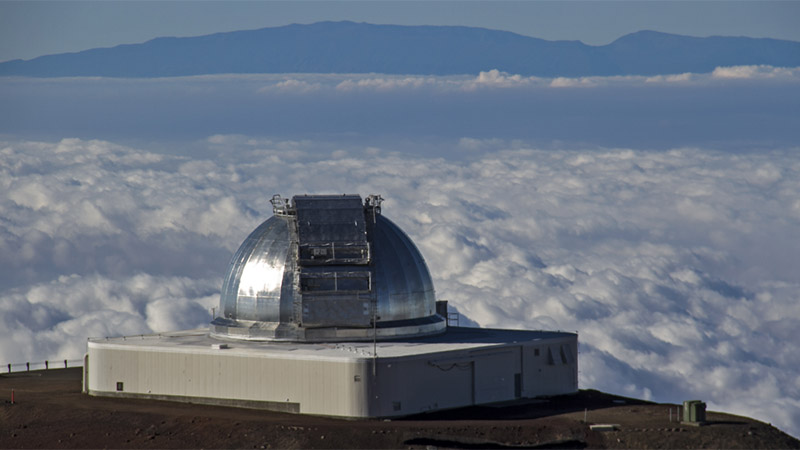Farewell then, 400 parts per million.
The past 12 months have seen a record surge in carbon dioxide emissions say scientists, driven by the burning of fossil fuels and boosted by a rampant El Nino phenomenon.
Tropical forests and plants that once would have been expected to reduce global CO2 levels by September have suffered badly under this El Nino, reducing their ability to soak up carbon.
That means the iconic milestone of 400 parts of carbon dioxide in every million molecules of air has likely been passed for good, says a study published in the journal Nature Climate Change.
The inexorable rise of CO2 emissions
1966 – 322.39 parts per million
1976 – 333.46 ppm
1986 – 348.05 ppm
1996 – 364.17 ppm
2006 – 382.66 ppm
2016 – 404.83 ppmSource: NOAA
Despite a new UN climate pact agreed by 195 countries, the findings raise serious questions about the pace of efforts to slow global warming in what is set to be the hottest year on record.
“It’s a sign we are still on track for a high emissions scenario. We won’t be looking at below 400ppm in our lifetimes,” said Richard Betts, one of the authors and scientist at the UK Met Office.
The study is based on readings from the Mauna Loa meterological station in Hawaii, where measurements of CO2 date back to 1958.

Monthly mean carbon dioxide measured at Mauna Loa Observatory, Hawaii (Pic: NOAA)
A naturally occurring weather event every 5-7 years, El Nino is linked with hotter global air temperatures and a surge in greenhouse gas emissions.
The fact emissions rose faster than usual, Betts told Climate Home, was no surprise.
Higher CO2 rates are expected as El Nino warms and dries tropical land areas, slowing the uptake of carbon by trees and plants, and increasing the risks of forest fires.
What their study also revealed is that the vast forest fires in Indonesia through 2015 and 2016 may have contributed around 20% of El Nino’s 1ppm addition to global carbon emissions.
If and when the world continues to warm as the UN’s climate science panel predicts it will based on current rates of warming gases, the threat of more fires at that scale could rise.
The study, said Betts, shows scientists are getting better at understanding the role of the carbon cycle, and the importance of vegetation growth in regulating emission levels.
But for many following the debate over climate change slowly, the sight of 400ppm in their rear-view mirror will just be another sign of the global failure to move away from fossil fuels.
